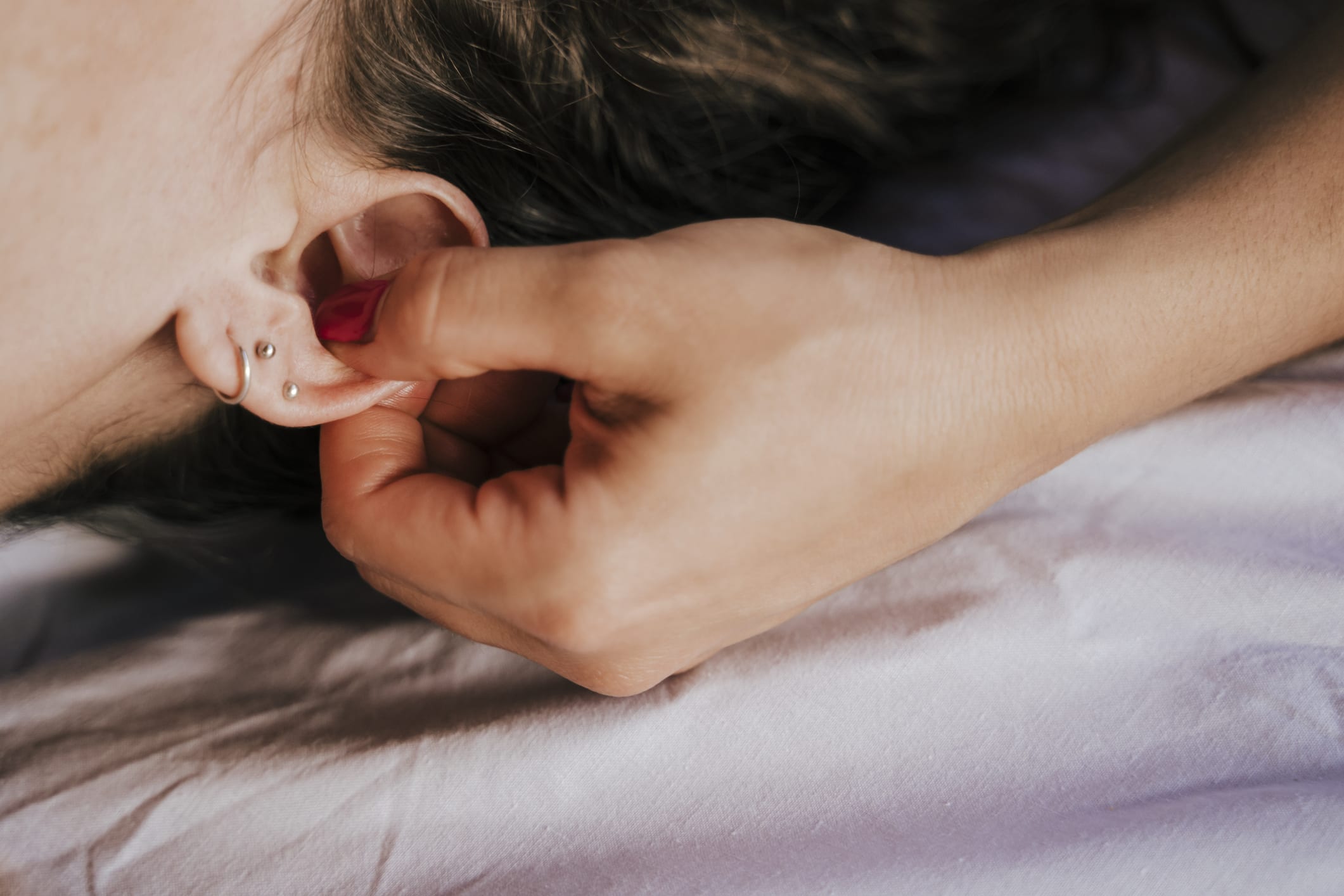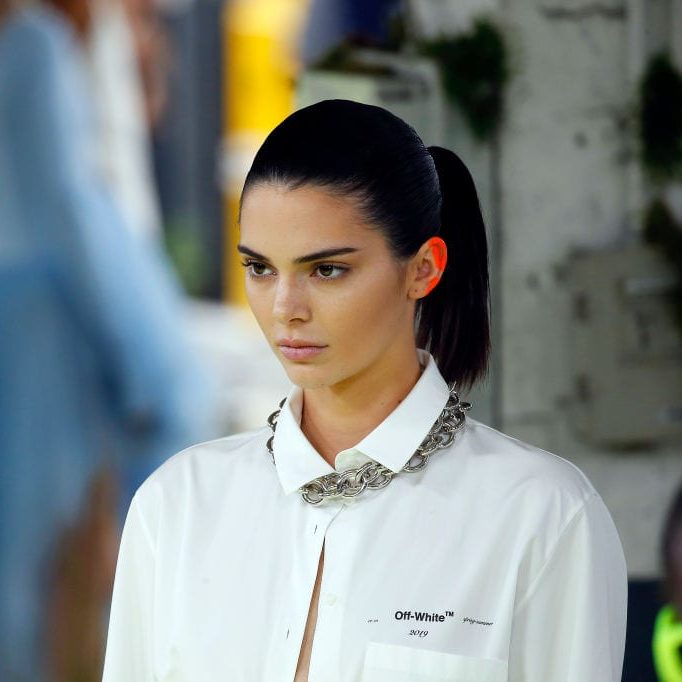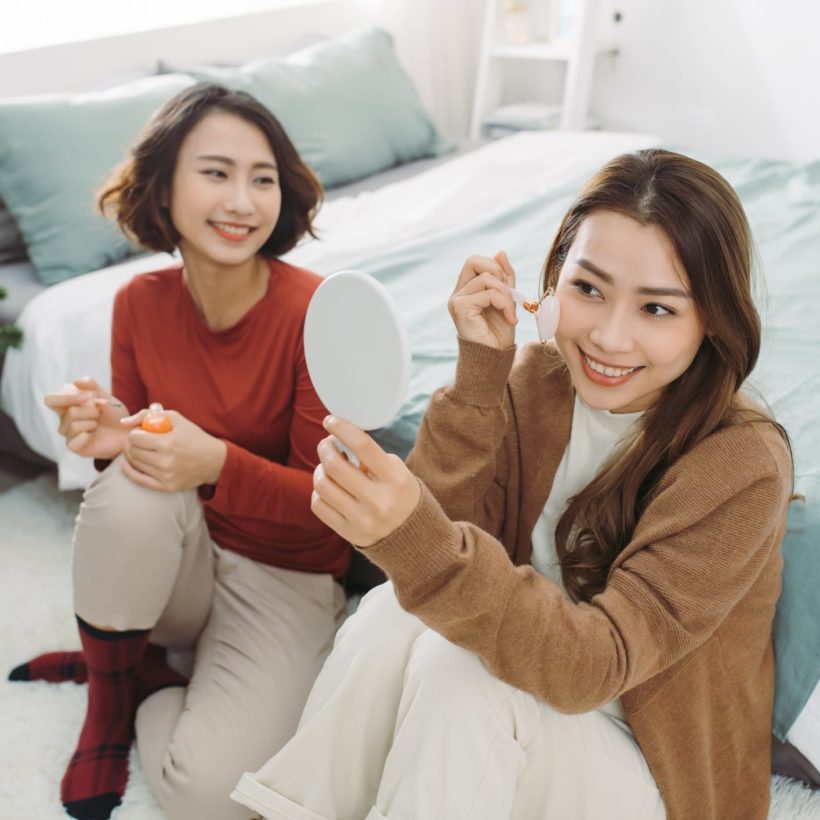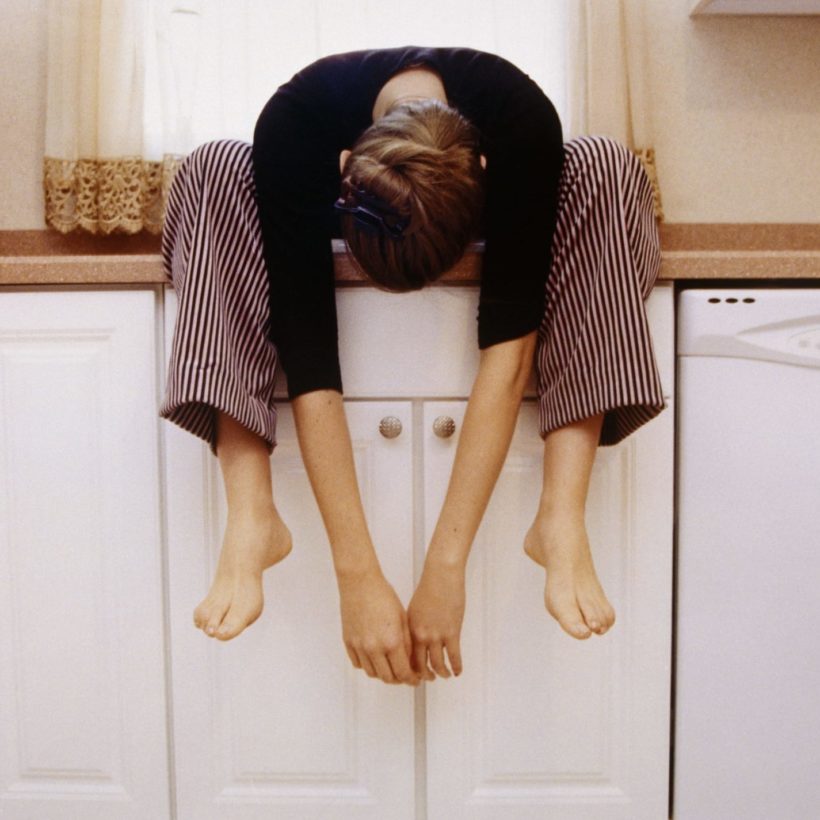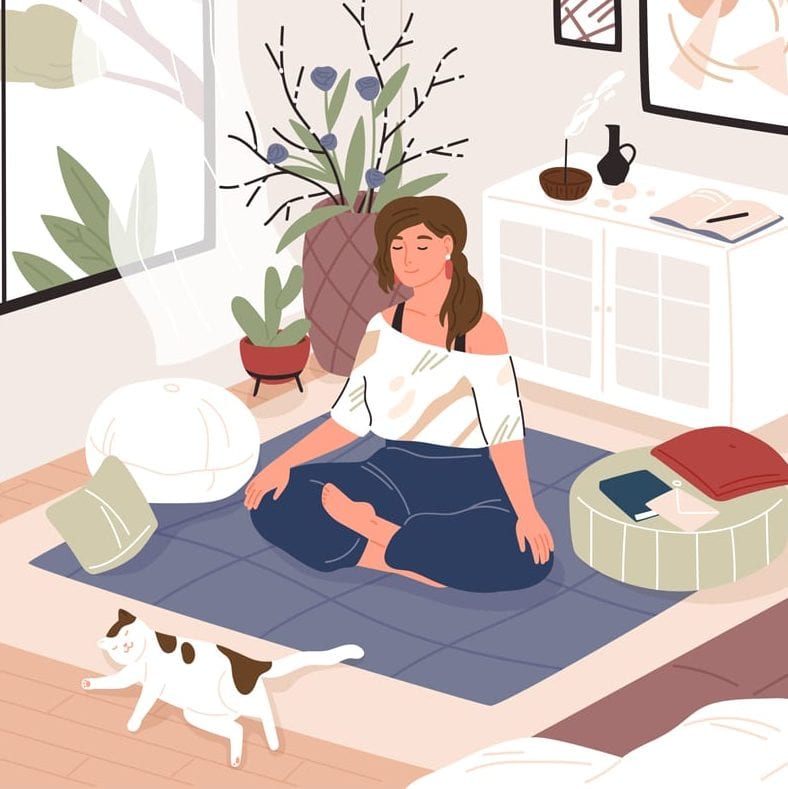With many spas and salons shuttered and visits to health practitioners more difficult, at-home wellbeing treatments are on the rise. One treatment proving popularity is ear seeds. Loved by Penelope Cruz, Kate Moss and, of course, Gwyneth Paltrow (she offered them at her GOOP summit), this Eastern-inspired practice is having a revival.
With roots in ancient Chinese medicine — think acupuncture for your ear — these tiny seeds are placed in the ear to stimulate pressure points and subsequently help with a whole range of health and wellbeing issues from anxiety and pain to sleep and addiction. Ideal for needle-phobes, they’re a practical way to combat the stresses of modern life without having to carve out time for lengthy treatment. Some ear seeds even double up as pretty jewelry — a win-win if we ever saw one.
Here’s what you need to know about this treatment.
Understanding Qi
To understand the benefit of a tool like ear seeds, it’s important to see them in the context of Traditional Chinese Medicine as a whole. At the core of Traditional Chinese Medicine is the idea of Qi (pronounced chi). “Qi is hard to define in the Western world but ‘energy’ is the closest description,” acupuncturist Kate Morris-Bates explains. There are twelve key meridians in the body through which Qi flows and these are related to different organs. “Qi energy radiates from every cell. Every organ vibrates with Qi,” Master Sha, a healer and Traditional Chinese Medicine doctor, notes.
When Qi is flowing well, there is optimum health and wellbeing. “When Qi gets stuck, it causes an imbalance in the body and when Qi is slow or sluggish, things don’t work in harmony,” Morris-Bates adds. Through a whole host of Traditional Chinese Medicine practices and treatments, Qi can be rebalanced and health and wellbeing restored. For example, with acupuncture, hair-fine needles are placed into specific points in the body to activate the flow of Qi.
The power of ear seeds
The ear has multiple pressure points which can be activated under the umbrella of auricular acupuncture. The ear is what Morris-Bates describes as “a microcosm of the body.” Master Sha explains how the ear can be viewed as an upside-down fetus: “The head is on the lower lobe with the body curled around in the upper section of the ear.” Much like in reflexology, which uses the foot to activate different points across the body, the ear also relates to different body parts, organs and functions.
By using ear seeds, you can apply pressure to these points and promote the healthy flow of Qi in different areas of the body. Ear seeds can be placed at certain points to help with stress, pain relief, hot flushes, addiction issues, the common cold and stress. There is some interesting research supporting these claims. A 2013 study looking at using ear seeds for back pain found that participants trying the seeds noted a 75% decrease in pain. Similarly, 2015 study discovered a significant link between auricular acupuncture and increased pain tolerance threshold.
They can provide a great antidote to the stresses of modern life and are believed to help combat anxiety. While the evidence of this is mainly anecdotal at present, one study saw a noted increase in mental wellbeing after 10 sessions of use.
“There is no limitation. Once you know the theory, it can be used to treat any bodily function,” Master Sha commented. Traditionally made from the flowering herb Vaccaria, today ear seeds are often made from metal, ceramic or even precious metals like gold. Basic kits start at around $20 with more expensive materials costing more.
How to use ear seeds
To reap the full benefits of ear seeds, it is best to visit a traditional Chinese doctor or acupuncture expert for specifically tailored advice. While it is possible to apply them yourself (or with the helping hands of your partner/friend/roommate), knowing where exactly they need to be placed is trickier. Depending on the issue you wish to tackle, specific points in the ear need to be stimulated. By visiting an expert practitioner you can also receive a bespoke treatment program with weekly or monthly acupuncture sessions and ear seeds as a top-up treatment in between. For some patients and conditions, the benefits may be felt after just one treatment, for others, it might take a series of treatments or consistent use.
Once you know where the seeds are going, you can place them yourself. Make sure to clean the ear area first and use tweezers to apply the ear seed accurately. In general, you should keep ear seeds on for two to three days with one week normally being the maximum time. It’s also best to massage them two or three times a day. Massage activates the pressure points and re-stimulates the flow of Qi. If they don’t fall off, they can be removed with tweezers of your fingernails. Ear seeds shouldn’t cause pain or any skin irritation. If you notice any redness, irritation or itching, it is best to take them off straight away. If your skin reacts badly, you can try a different material.
Note: If you’re pregnant, always speak with a medical practitioner before embarking on Traditional Chinese Medicine Treatments.
We only recommend products we have independently researched, tested, and loved. If you purchase a product found through our links, Sunday Edit may earn an affiliate commission.
